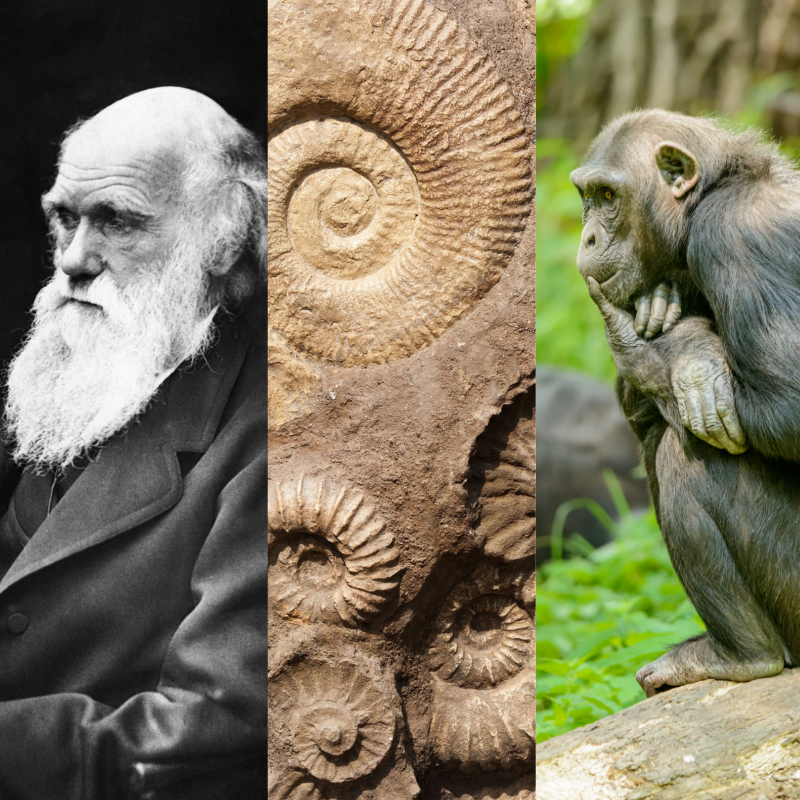Developing a basic knowledge of natural selection and evolution is an essential part of understanding the natural world and our place within it. However, evolution can be a challenging concept for younger students to grasp. Knowing the misunderstandings they can already have, or can develop as they are learning, will help you to teach this tricky topic successfully. Yay!
Here are some of the common misconceptions when teaching evolution. How many of these have you experienced?
What are the common misconceptions when teaching evolution?
– Evolution is ‘just a theory’ and should be considered alongside other options
Fact: In science, the word theory is used in a different way to everyday language. A scientific theory isn’t a guess – it’s based on much evidence and testing. Consider the ‘theory of gravity’. No-one would describe it as ‘just a theory’!
– Animals can choose to adapt to their surroundings
Fact: Animals cannot consciously adapt to their habitat. For example, a mammal can’t choose to grow fins to cross a river. When faced with new challenges or changes to their environment, the individuals who are best suited survive and reproduce. They then pass on their favourable characteristics to their offspring.
This could tie in with a discussion about global warming and climate change. Are plants and animals going to be able to survive rising temperatures and erratic weather patterns?
– Humans evolved from chimpanzees
Fact: Whilst we share a common ancestor with chimps, we are not directly descended from them. Think of them being more like our cousins. Don’t invite them to a family gathering though… I’ve heard they’re pretty messy!
– ‘Survival of the fittest’ means the strongest animals that survive.
Fact: This term, penned by Charles Darwin doesn’t mean that only the strongest survive. Those that are best suited to their habitat or able to cope with environmental changes survive long enough to reproduce and pass on their characteristics.
– Animals can pass on acquired characteristics to their offspring.
Fact: Acquired characteristics (those that are the result of an individual’s environment) cannot be inherited. This makes an interesting discussion point for students. If someone had dyed red hair, would their children have red hair?
– Males pass on their characteristics to sons and females to daughters
Fact: Offspring have a mix of characteristics from both their mother and their father. If appropriate, why not ask students to identify examples in their own families?
– Animals that look the same are identical to each other
Fact: Variation between individuals exists in all animals that reproduce sexually. Two tigers might look the same at first glance but there will be differences between individuals (e.g. a different stripe pattern, difference in canine or claw length).
Book recommendations for evolution
To help avoid misconceptions, I recommend having some good-quality reading material.
Check out my favorite books for teaching evolution.
Further resources
If you’re teaching evolution or inherited traits, you might be also be interested in the following resources from my TeachersPayTeachers store:
I hope this blog post helps you address misconceptions when teaching evolution. If it has helped, feel free to leave a comment below.



